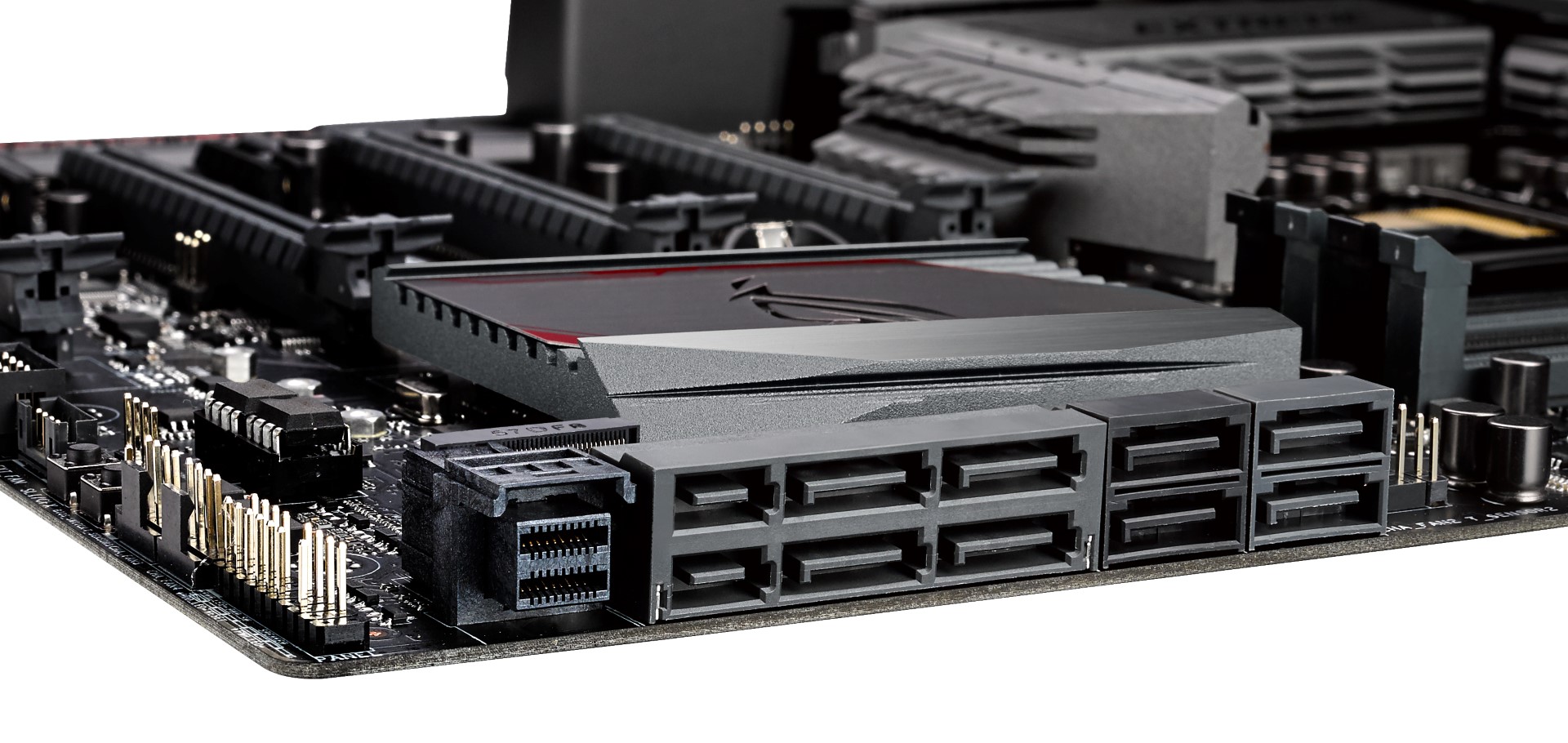- Jul 2, 2012
- 8,174
- 524
- 126
I'm a bit out of the loop when it comes to the latest and greatest developments in PC hardware. What's considered the best interface these days for solid state storage in a desktop PC?
NVM Express devices exist both in the form of standard-sized PCI Express expansion cards[2] and as 2.5-inch form-factor devices that provide a four-lane PCI Express interface through the U.2 connector (formerly known as SFF-8639).[3][4] SATA Expressstorage devices and the M.2 specification for internally mounted computer expansion cards also support NVM Express as the logical device interface.[5][6]


3. There are also connectors which were designed for connecting higher speed NVMe drives in traditional 2.5 inch form factors. These are called u.2 and SATA Express. u.2 is the leftmost interface in the picture below while two SATA express connections are in the middle of the picture below and each SATA connection consists of the smaller connector plus the two SATA ports immediately to the right of that plug. I wouldn't recommend these because they are not widely adopted. Basically only Intel is making u.2 drives and pretty much nobody makes SATA Express drives despite the standard being a couple of years old already.
I always thought m.2 slots blew all others out of the water?
I always thought m.2 slots blew all others out of the water?
Use of the M.2 slot on my motherboard would share bandwidth with the remaining SATA ports of the onboard Intel disk controller.


